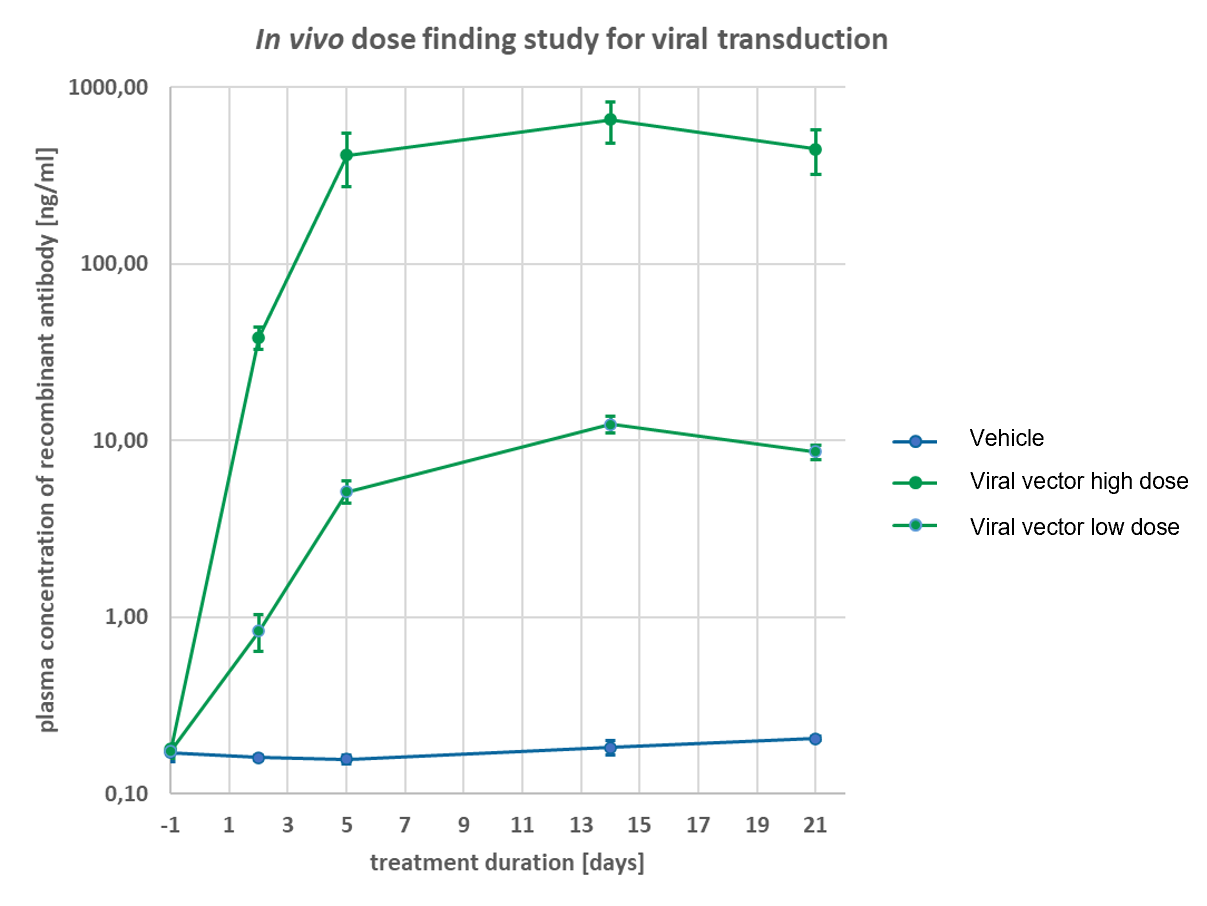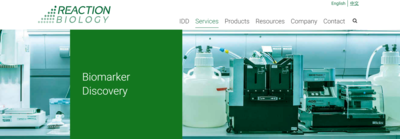Multiplex MSD Assay Service
Multiplex immunoassays are suited to find out how your drug candidate modulates the body based on the protein level. Via multiplexing with the gold-standard Meso Scale Discovery (MSD) platform, several dozen proteins can be quantified simultaneously, providing you with high-quality data from minimal sample volumes.
What Are MSD Assays?
MSD assays are the state-of-the-art quantification method for absolute amounts of cytokines, chemokines, or signaling proteins. These proteins may serve as pharmacodynamic biomarkers to investigate the effects of drugs regarding dose-response and kinetics in cell and animal models.
The MSD Assay Service in a nutshell:
- Sensitive quantification of several proteins in complex biological samples
- Determination of biomarkers to monitor drug response in cellular or animal drug testing
- Plate-based ELISA setup with cutting-edge electrochemiluminescence readout for unprecedented sensitivity









